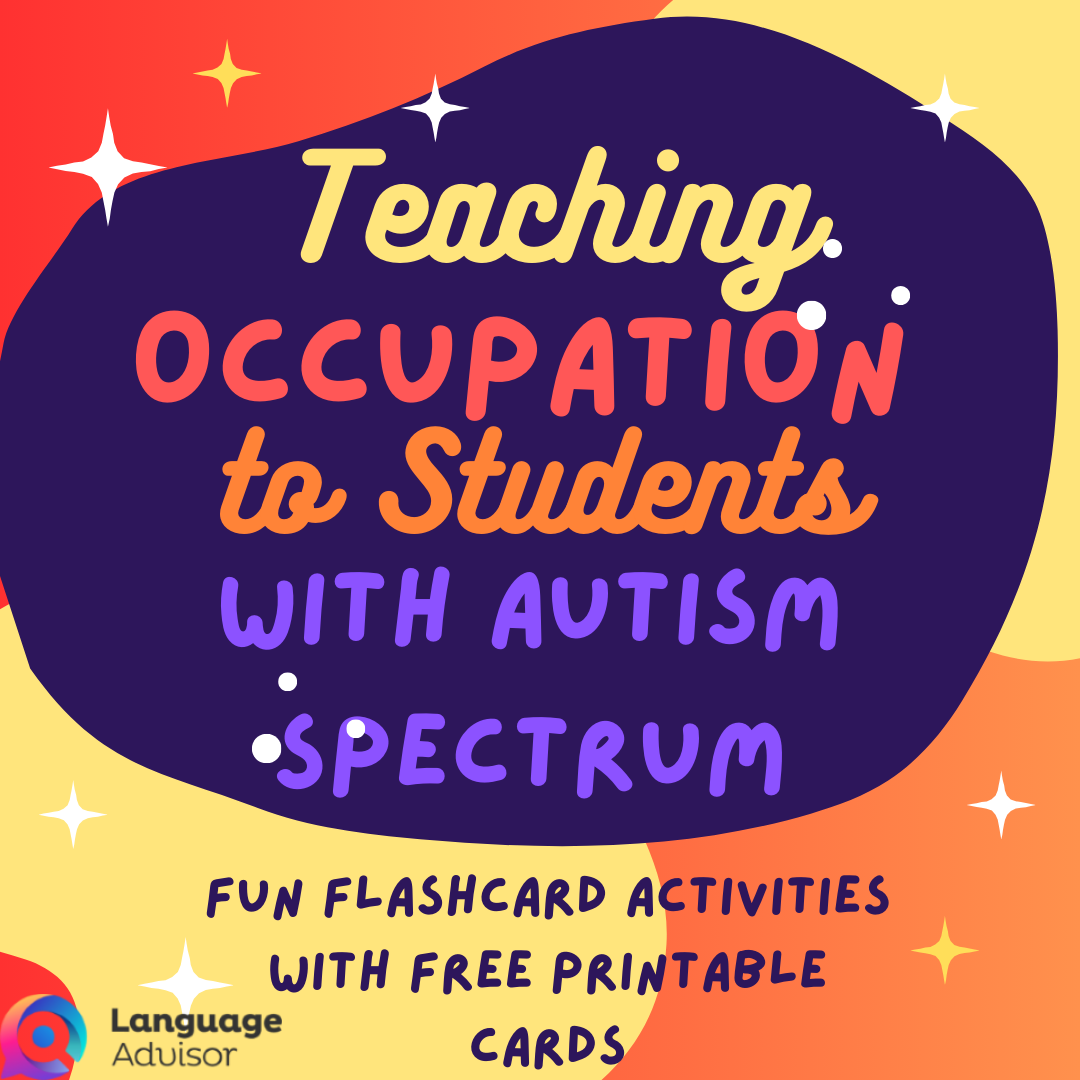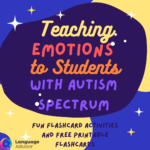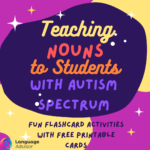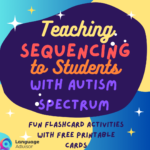Teaching Occupation to Students with Autism Spectrum: Fun Flashcard Activities with Free Printable Cards
Teaching Occupation to Students with Autism Spectrum

Teaching Occupation to Students with Autism Spectrum
Flashcards are powerful tools for teaching various concepts like emotions, nouns, occupations, verbs, and sequencing. For students on the autism spectrum, these visual aids can enhance communication, vocabulary, social skills, and understanding of daily routines. By engaging in hands-on, repetitive activities, students can better grasp these concepts in an enjoyable and supportive environment.
In this post, we’ll explore fun activities using noun cards, plus provide free printable flashcards for each category, ready to use at home or in the classroom.

Occupation Cards: Learning About Different Jobs
Occupation flashcards introduce students to various jobs and the tools or environments related to them. These cards help students learn about professions and develop an understanding of the world around them.
Why Are Occupation Cards Important?
- Promotes career awareness: Helps students identify different jobs and their roles in society.
- Expands vocabulary: Introduces new words related to professions and tools.
- Encourages curiosity: Sparks conversations about different careers and how people contribute to the community.
Activities Using Occupation Cards
Match occupation cards with their related tools (e.g., chef with a spatula, teacher with a book).
Who Does What?
Show an occupation card (e.g., “doctor”) and ask the student to describe what that person does or match it to an object related to the job (e.g., stethoscope for doctor).
Role-Playing Occupations
Use the occupation flashcards to act out jobs. For example, after showing the “firefighter” card, ask the student to pretend to be a firefighter, explaining their role.
Occupation Matching
Match occupation cards with their related tools (e.g., chef with a spatula, teacher with a book).
DOWNLOAD THE PDF FOR FREE
Final Thoughts
Flashcards are an invaluable tool for helping students on the autism spectrum learn various concepts—from emotions and nouns to verbs, occupations, and sequencing. These activities make learning interactive and enjoyable, supporting language development, social skills, and cognitive understanding.
Don’t forget to download the free flashcards and start practicing today.
Let us know how these activities work in your classroom or at home, and feel free to share your experiences in the comments below. Happy teaching!





